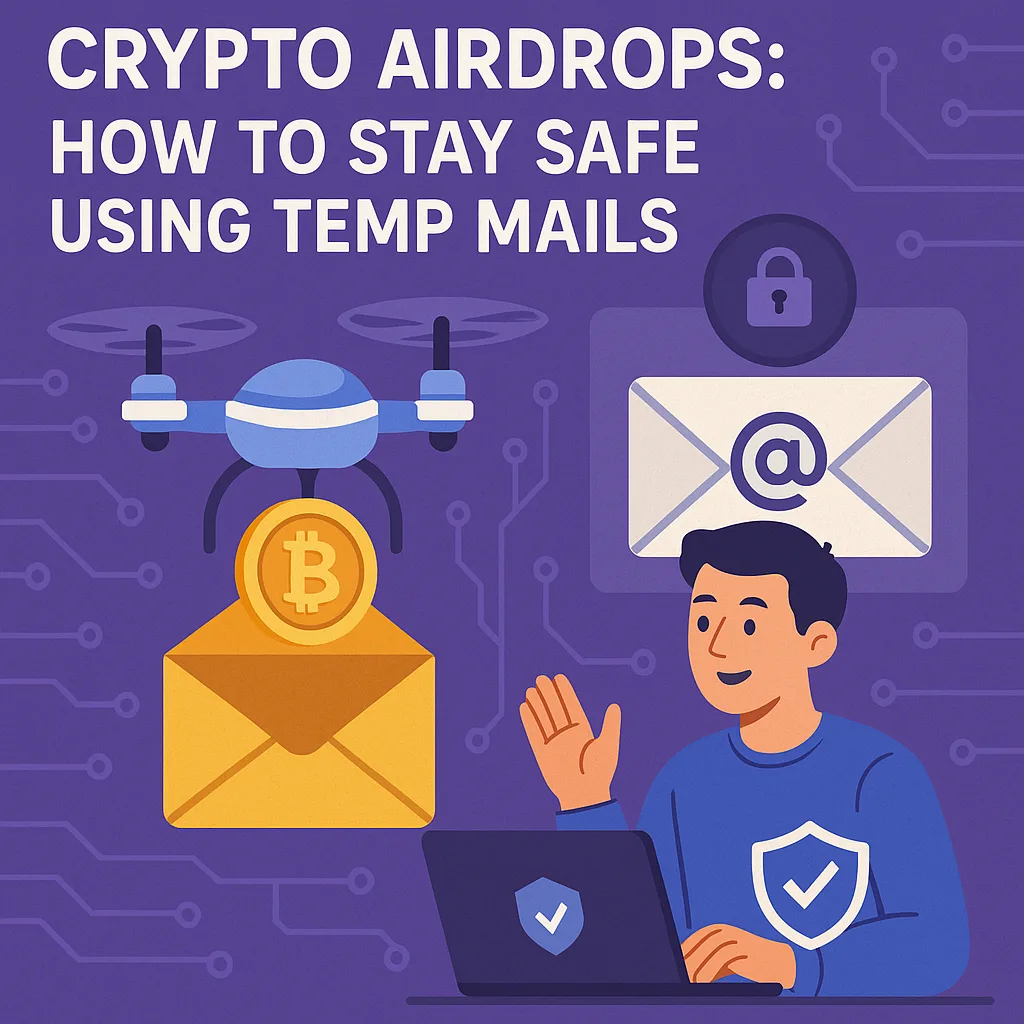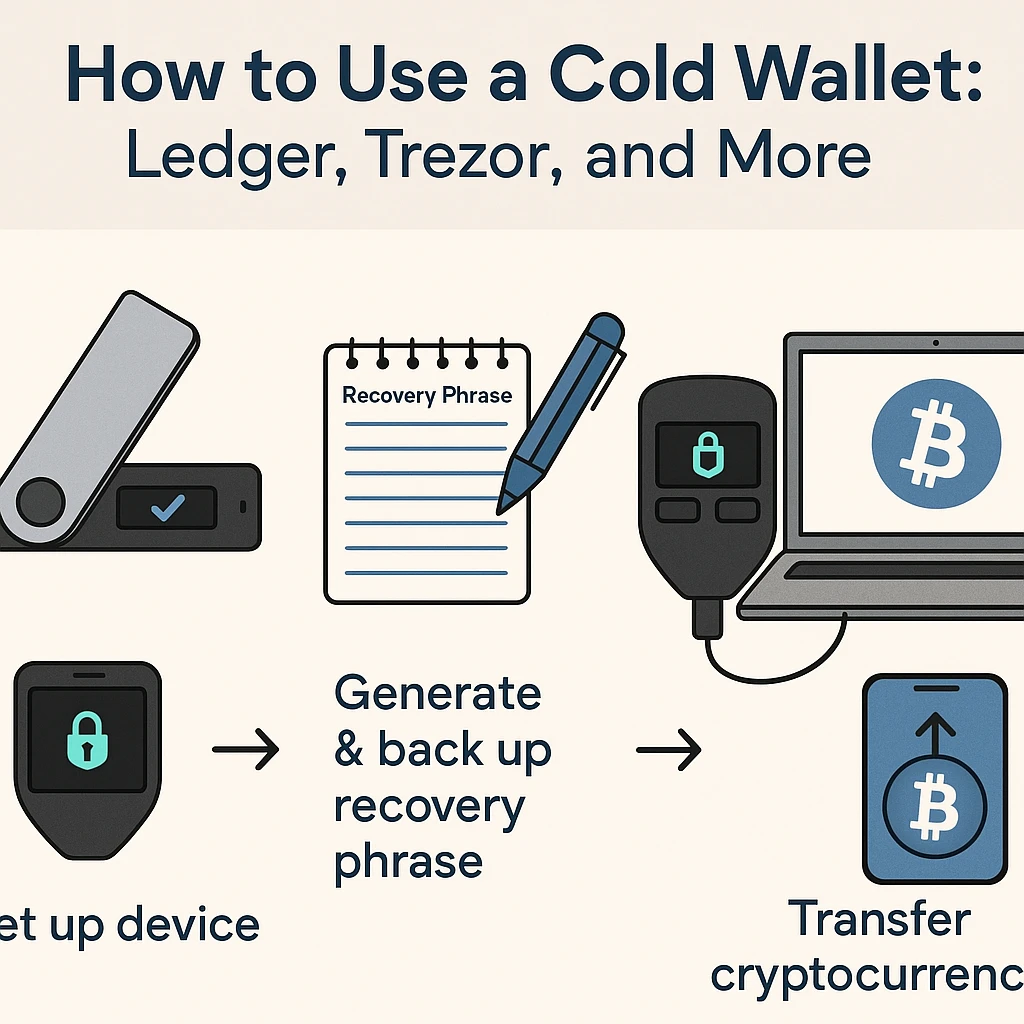Introduction
From smart homes to industrial automation, the Internet of Things (IoT) is transforming the way objects communicate with one another. Secure and effective payment methods are essential given the billions of linked gadgets that are sending data and carrying out automatic tasks.
This is where blockchain technology and cryptocurrencies are useful. Through the incorporation of cryptocurrency payments into IoT devices, we may witness a future in which:
✅ Cryptocurrency is used by smart refrigerators to pay for their automated grocery orders.
✅ Without human assistance, autonomous vehicles pay for tolls and recharge facilities.
✅ Real-time supply chain payments are managed by IoT-based factories.
But is this future of machine-to-machine (M2M) payments realistic? In this blog, we’ll explore:
🔹 What IoT and crypto integration means
🔹 How blockchain and smart contracts enable machine payments
🔹 The benefits and challenges of crypto-powered IoT transactions
🔹 Use cases and real-world examples
🔹 How temporary emails like 10minutesmails can enhance IoT security
Let’s dive in! 🚀
1. Understanding IoT and Crypto Integration
What Is the Internet of Things (IoT)?
A network of linked devices that can share data and communicate without the assistance of humans is referred to as the Internet of Things (IoT). These consist of:
🔹 Smart home appliances (smart thermostats, Nest, Alexa)
🔹 Wearable technology, such as fitness trackers and smartwatches
🔹 Autonomous automobiles and Teslas are examples of connected vehicles.
🔹 Automation in industry (supply chain management, smart factories)
As the Internet of Things expands, machines will need to process payments in a safe and effective manner in addition to communicating.
How Crypto Fits into IoT
🔹 Crypto allows for smooth, automated device-to-device transactions.
🔹 Machine payments are secure and trusted thanks to smart contracts.
🔹 Blockchain reduces expenses and delays by doing away with third-party payment processors.
For instance, a cryptocurrency wallet built into the software of an electric vehicle (EV) might be used to instantly pay for charging—no credit cards, no middlemen.
2. How Blockchain and Smart Contracts Enable Machine Payments
When blockchain, smart contracts, and IoT are combined, a system is created where:
✅ Crypto can be sent and stored by devices without human assistance.
✅ Payments are automated via smart contracts in response to preset criteria.
✅ Transactions are clear, safe, and unchangeable.
How Smart Contracts Work in IoT Payments
A coded agreement that executes itself is called a smart contract. The contract automatically executes when the requirements are fulfilled.
Example:
🚗 An autonomous car needs to pay for a toll booth.
🔹 The car’s wallet detects the toll station’s blockchain address.
🔹 The smart contract verifies the car’s digital identity and available balance.
🔹 Once confirmed, the payment is processed instantly in crypto (e.g., Bitcoin, Ethereum, or IOTA).
🔹 The toll gate opens automatically, allowing the car to pass.
This eliminates the need for:
❌ Credit cards
❌ Banking intermediaries
❌ Manual verification
🔹 Result? Faster transactions, reduced fraud risk, and lower costs.
3. Benefits of Crypto-Powered IoT Transactions
🔹 1. Faster, Automated Transactions
🔹 Real-time machine-to-machine transactions are made possible by cryptocurrency payments.
🔹 Processes are quick and easy because manual approvals are not required.
🔹 2. Lower Transaction Costs
🔹 For microtransactions, traditional payment methods impose exorbitant fees.
🔹 IoT devices may transmit and receive money with minimal fees thanks to cryptocurrency.
🔹 3. Improved Security and Transparency
🔹 The decentralized structure of blockchain lessens cyberattacks and fraud.
🔹 Because every transaction is permanently documented, accountability and trust are guaranteed.
🔹 4. Eliminating Middlemen
🔹 By enabling direct transactions, IoT devices can lessen reliance on financial institutions or payment processors.
🔹 In sectors like supply chains, logistics, and smart cities, this is essential.
🔹 5. Microtransactions for Pay-Per-Use Services
🔹Real-time micropayments can be enabled by IoT devices.
Example: Smart energy meters can charge users per unit of electricity consumed without monthly bills.
4. Challenges of Crypto Integration in IoT
While crypto-powered IoT offers many advantages, there are some challenges to consider:
🔹 1. Scalability Issues
🔹 High transaction volumes are a problem for blockchains like Ethereum and Bitcoin.
🔹 Solution? Use scalable crypto networks like IOTA, Solana, or Layer 2 solutions (Polygon, Lightning Network).
🔹 2. Security Vulnerabilities
🔹 IoT devices are vulnerable to malware, hacking, and illegal access.
🔹 Solution? Use multi-factor authentication, decentralized identity verification, and secure wallets.
🔹 3. Regulatory Uncertainty
🔹 Regulating cryptocurrency payments is still a work in progress for governments.
🔹 Compliance with AML (Anti-Money Laundering) and KYC (Know Your Customer) laws may be required.
🔹 4. Energy Consumption
🔹 Certain blockchains, like Bitcoin, need a lot of energy.
🔹 Solution? Use eco-friendly crypto networks like IOTA, Algorand, or Ethereum 2.0 (Proof-of-Stake).
5. Real-World Use Cases of Crypto in IoT
🚗 Smart Vehicles & Automated Payments
🔹 Tesla could integrate crypto wallets for autonomous car payments (tolls, charging stations, parking fees).
🏠 Smart Homes & Subscription Payments
🔹 IoT-enabled smart appliances (fridges, washing machines) can automatically order supplies and pay in crypto.
🔗 Supply Chain Management
🔹 Blockchain-based IoT tracking ensures transparency in shipping and logistics payments.
⚡ Smart Energy & Microtransactions
🔹 IoT smart meters enable crypto-based pay-as-you-go energy usage.
6. How Temporary Emails Enhance IoT Security
Cybersecurity risks like phishing attacks rise with the expansion of IoT. Hackers frequently use phishing emails to target IoT wallets.
🔹 Why Use Temporary Emails for IoT and Crypto?
🔹 Services like 10minutesmails, mytemp-mail protect users from spam and hacking attempts.
🔹 Temporary emails prevent attackers from accessing your personal data when registering IoT crypto wallets.
🔹 They help reduce exposure to phishing attacks, improving IoT security.
Using temporary emails when setting up IoT crypto wallets is a simple but effective step toward better security and privacy.
Conclusion: The Future of Crypto and IoT Payments
The integration of crypto and IoT is inevitable, with a future where:
✅ Machines pay for services autonomously
✅ Smart contracts eliminate intermediaries
✅ Blockchain ensures security and transparency
🔹 While challenges like scalability and security exist, innovations like IOTA, smart contracts, and Layer 2 solutions are addressing these issues.
🔹 Using tools like 10minutesmails can help enhance security against phishing threats in IoT-based crypto payments.
🚀 As technology evolves, crypto-powered IoT payments could become the norm, making transactions faster, more secure, and entirely automated!





Leave a Reply